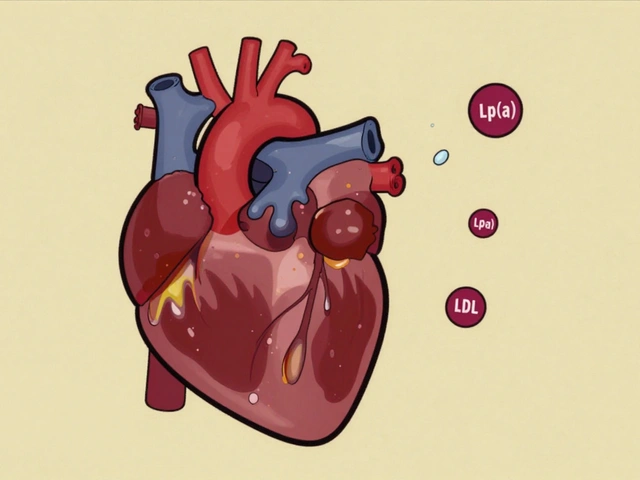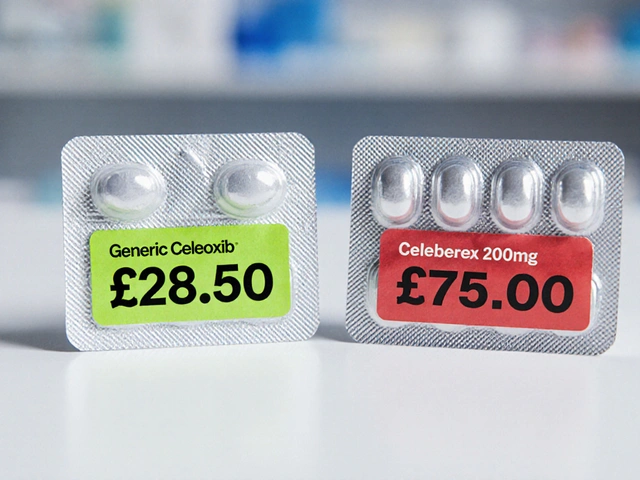Dosage – Find the Right Amount for Your Medication
If you’ve ever wondered whether a pill is too strong or not strong enough, you’re in the right place. The dosage tag gathers all the how‑to’s on getting the correct amount of each drug, from blood pressure pills to anti‑parasitic meds. Knowing the right dose can keep you safe, make treatments work faster, and spare you nasty side effects.
How to Read a Prescription Label
First thing you see on any bottle is the label – it’s not just decoration. Look for the drug name, strength (like 10 mg), and the directions (take one tablet twice daily). If the label says “Take with food,” follow that cue; food can change how a drug is absorbed. When the instruction uses abbreviations like "q.d." or "b.i.d.", remember they mean once a day and twice a day respectively.
Don’t forget the total daily dose. For example, if you’re told to take 5 mg three times a day, that adds up to 15 mg per day. Compare this number with what your doctor wrote in the prescription – they should match. If anything looks off, call your pharmacy before you start.
Top Dosage Tips from Our Experts
1️⃣ Start low, go slow. Many doctors begin treatment at a lower dose to see how your body reacts. If you feel good and have no side effects, the dose may be increased later.
2️⃣ Watch the timing. Some meds work best in the morning, others at night. For instance, antihistamines can cause drowsiness if taken too early, while blood pressure pills often hit hardest when taken before bedtime.
3️⃣ Use the right measuring tool. A kitchen spoon is not a reliable dose measurer. If your medication comes as a liquid, use the syringe or cup that comes with it.
4️⃣ Adjust for weight and age. Kids and lighter adults usually need less of a drug than heavier adults. Always follow pediatric dosing charts when they’re provided.
5️⃣ Check for interactions. Some drugs boost or block the effect of others. Our article on Hyzaar explains how combining certain blood pressure meds can change the needed dose.
Our dosage collection also covers specific medicines like Vermox, where you’ll find exact milligram recommendations based on infection type, and Celebrex, which has a clear guide for short‑term versus long‑term use. Each post breaks down the numbers in plain language so you can match them to your prescription.
When you’re unsure, the safest move is to call your pharmacist. They can confirm whether the dose on the label matches what your doctor ordered and answer any “what if I miss a dose?” questions.
Bottom line: the right dosage isn’t just a number – it’s how you take the medicine, when you take it, and whether you follow simple safety steps. Browse our dosage articles for step‑by‑step guides, real‑world tips, and answers to common dosing dilemmas. Your health stays on track when the dose is spot on.





